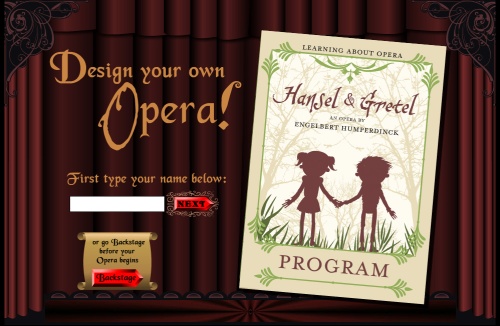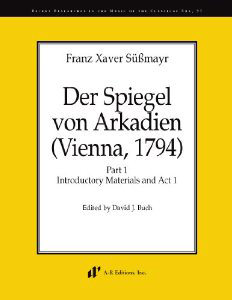
In an interview, the famously agreeable mezzo-soprano Frederica von Stade explained why she enjoys working with temperamental people.
“First of all, it’s fun, and secondly, because people protect themselves in all different kinds of ways.”
“I protect myself by being quiet, and going in my dressing room and being upset there by myself. Some people get it out. I admire that more, because it’s gone.”
“As much as we use our voices and our minds, we use our confidence. You take confidence away from a singer and you’ve taken their feet away from them. And to protect your confidence takes all kinds of tricks—some people have it on the outside, some have it on the inside, and whatever works, works.”
Quoted in “My audience with The Grand Duchess” by David F. Wylie (Journal of singing LXV/1 [September–October 2008] pp. 95–104).
Today is von Stade’s 70th birthday! Above, with Hannah in 2014 (we like to imagine that Hannah is only moderately temperamental); below, in one of her signature roles as Cherubino in Mozart’s Le nozze di Figaro.










